|
Paul (2016) Oil on board Home movie stills We tend to keep old family photographs, even when they are faded and the chemicals are deteriorating. We keep them if they are a bit blurred or accidently composed and cropped. These qualities are really a metaphor for memory, and I thought it would be an interesting aesthetic to explore. I used an old family film as my resource for a painting of a child in a pedal car, which borrows the pinky, blue colour palette, and then softened the edges to indicate a blur. In later images I emphasised this even more. Many artists are exploring this idea, but the master of blurred painting technique is Gerhardt Richter. In 1973, in an interview with Irmeline Lemeer, he explains: “I've never found anything to be lacking in a blurry canvas. Quite the contrary: you can see many more things in it than in a sharply focused image. A landscape painted with exactness forces you to see a determined number of clearly differentiated trees, while in a blurry canvas you can perceive as many trees as you want. The painting is more open” (Richter, Dietmar, Obrist 2009 p 81) Gerhardt Richter. Herr Heyde (1965). 65 x 55 cm. Private collection A really interesting experiment was undertaken by Korean duo Shin Seung Back and Kim Yong Hun. They developed a software which would scan an entire movie, and every 24 frames, would record an amalgum of all found faces. The resulting prints offer a visual mood and a memory of time spent. It's worth looking at the whole series which includes films such as Amelie, Old Boy and Black Swan. Shinseung Kimyonghun Avatar Portrait (2013) Pigment inkjet print.Variable dimensions An alternative way to look at blur and memory can be seen in the 'Sea' paintings of Phillip Barlow. They are reminiscent of an overexposed holiday snap, taken from the wrong angle. He uses blur to describe a saturation of light with a high tonal contrast. Just the kind of image that occurs when the sun is behind the subject. Phillip Barlow. Glassy (date unknown) Oil on canvas. 1.2 x 1.8 m MCARTHY, T. (2011) Blurred Visionary: Gerhardt Richter’s photo-paintings. The Guardian.[online] Available at: https://www.theguardian.com/artanddesign/2011/sep/22/gerhard-richter-tate-retrospective-panorama
[Accessed 5 December 2016] RICHTER, G. DIETMAR, E. and OBRIST, H. (2009). Gerhardt Richter: Texts, writings, interviews and letters 1961-2007 Thames and Hudson. London. Comments are closed.
|
Archives
August 2020
Categories
All
|
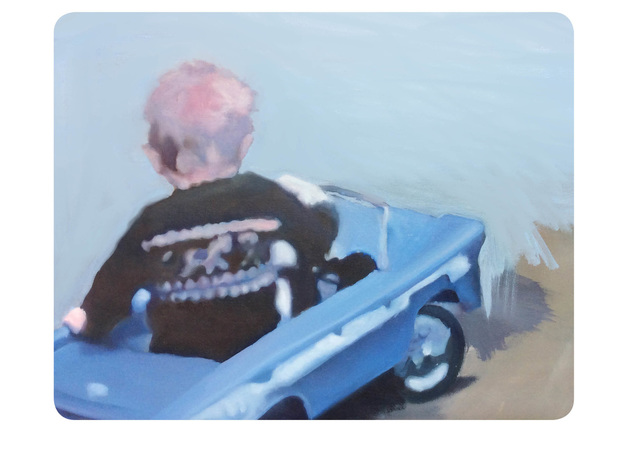
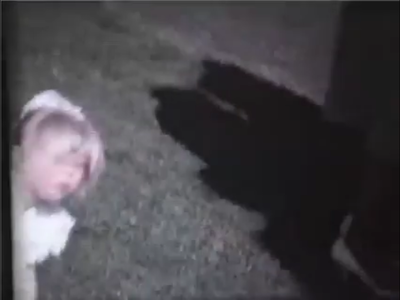
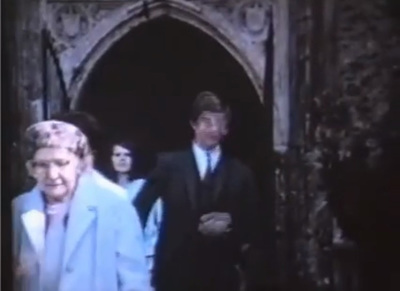
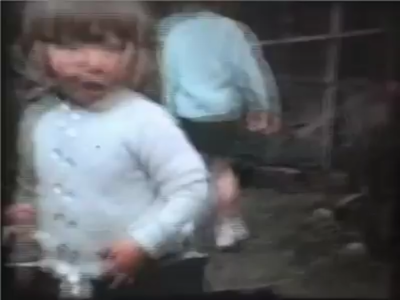
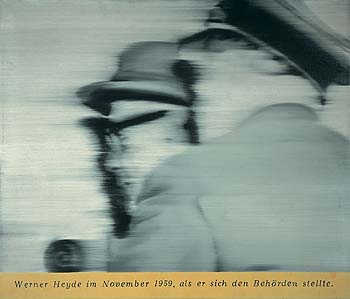
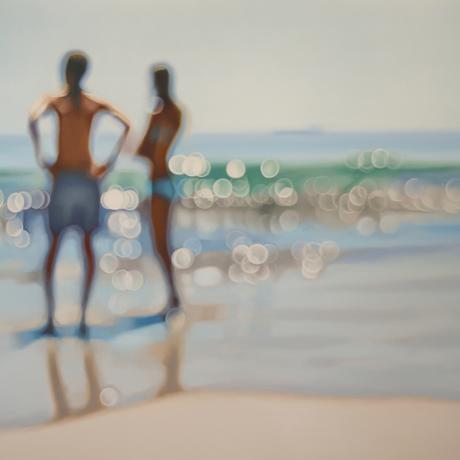
 RSS Feed
RSS Feed